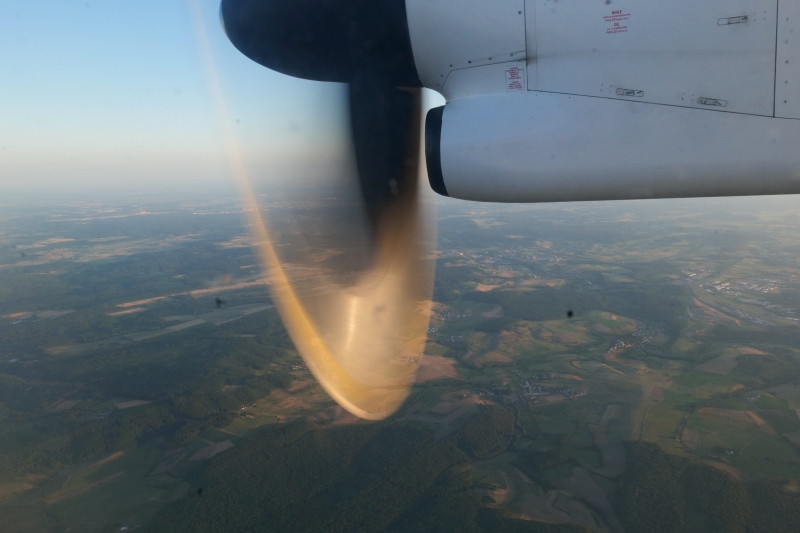An often present misunderstanding is that fearlessness describes a state of being without fear.
It is something I’ll often also encounter in coaching. People describe their situation, sometimes one that is difficult or one where there is only very little predictability of the outcome. Despite such situations, they’ll share that they don’t feel fear. Or, in other cases, they’ll describe themselves as being all well.
While there will be a lot of truth in what these people describe, there often is also something in the air that opens the door to doubts. When questioning the situation, the explanations may then become one-sided and very much focused on whatever may sound nice and positive. It becomes a signal that anxiety may not be well recognized.
Sometimes this is the result of past experiences or of one’s education that led to deciding that one doesn’t feel fear. It is as if they silenced themselves. Often because of a sense of being silenced.
It makes it difficult to be fearless instead of fearful.
Fearlessness is the ability to process fear and use it in one’s favor.
It can be that the person doesn’t see or feel it, which may be a blind spot. Another option is that they focus on sharing what the group wants to hear. Here again, there may be a blind spot.
Not feeling fear doesn’t prevent it from existing.
It hides it from awareness.
Consequently, it makes the data fear provides inaccessible and useless.
As it can’t be processed, there is a high risk that people become fearful without the ability to acknowledge it.
That, in turn, contributes to reinforcing silence.


